Nuclear Energy in Japan Steps into the Chasm
Recent developments in Japan concerning the Fukushima Daiichi plant recovery specifically, and nuclear energy generally, have not been exceedingly positive. The difficult recovery efforts at the crippled nuclear plant are not all proceeding smoothly; delays and technical problems continue to abound and confound. Meanwhile, on a broader scale, the national pullback from nuclear may be even more serious and have longer term effects than anyone realizes.
Fukushima Daiichi-Where is the ice wall?
Tokyo Electric Power Company (TEPCO) reported that efforts to block the flow of water through below-grade piping conduits have failed, largely because the currents in these conduits are fast enough that the water cannot freeze. Sealing these "trenches"-a separate issue from the "ice wall" discussed below-is a major part of the contaminated water mitigation process; it is what will, ultimately, prevent contaminated water that is inside the nuclear plant buildings (reactor buildings and turbine buildings) from getting out into the general grounds near the plants. At this writing, no solution has been devised, although TEPCO hopes to better control the currents and/or add more coolant pipes if needed.
Similarly, TEPCO also repeatedly delayed the expected completion date for the "frozen earth" ice wall that will surround Units 1 through 4 underground, which will prevent groundwater from intruding into the buildings. Japan's Nuclear Regulation Authority (NRA) has publicly expressed concern over the delay in this process, urging TEPCO to attack the problem with utmost vigor. According to reporting from NHK (Japan's national public broadcasting organization), the NRA has urged TEPCO to come up with definite steps by the end of July to ensure a timely completion of the ice wall.
Click here to see a video covering the ice wall verification test
TEPCO continues to have the "to be expected" occasional system problem here and there, but since the general public's attitude toward TEPCO is definitely not one of trust and understanding, all events make for wide and negative press. Early this week, TEPCO temporarily lost cooling to the spent fuel pool at Unit 5 on the Fukushima Daiichi site. To make matters worse in the public eye, original statements made to NHK/NHK World (which have now been removed from their sites) indicated that TEPCO had no clue when cooling could be restored, and that the pool would hit its operating temperature limit in a few weeks.
The truth of the matter is that the very next day, the residual heat removal system was placed in service to restore spent fuel pool cooling. But the shaky initial message had already gone out, with a seemingly powerless undertone that certainly didn't underscore the ability of those at site to deal with the situations they encounter (TEPCO has since released a detailed account of this incident).
On the positive side, as of this writing 1188 out of the 1533 fuel elements in the spent fuel pool at Unit 4 have been transferred to the site's common fuel pool. Future operations will see some of this fuel also transferred to the Unit 5 spent fuel pool.
Restarting plants might be slow
In a completely separate development, a Fukui court has blocked the restart of two units at Kansai Electric Power Company's Ohi Nuclear Power Plant, citing in part that the plant had operated from July 2012 to September 2013 without incorporating new or revised safety standards. What relevance this has to the restarting of a plant now completely meeting the revised NRA standards is unclear, but the precedent is set: Courts are ready and willing to act to counter the Japanese government's mission to restore the Japanese economy by restarting nuclear plants.
Eventually, it does seem certain that many of the nuclear plants in Japan will restart, as the need becomes increasingly critical to improve Japan's import-export ratio and drive down the cost of energy. The Japanese government, the utilities, and most major corporations (and their lobbying groups) have expressed the desire to restart the plants; at the same time, however, local and highly vocal groups are speaking out and taking legal action.
Separately, Japan's NRA has publicly made some severe comments after finding a number of inadequacies in early applications to restart plants submitted by a number of owner-operators. According to the NRA, further requests for information and clarification will be necessary-driving the potential restart dates for even the earliest expected plant restart (Sendai) beyond the high demand period of the summer heat. Sendai is still expected to be the first to restart, though-perhaps as soon as the autumn months.
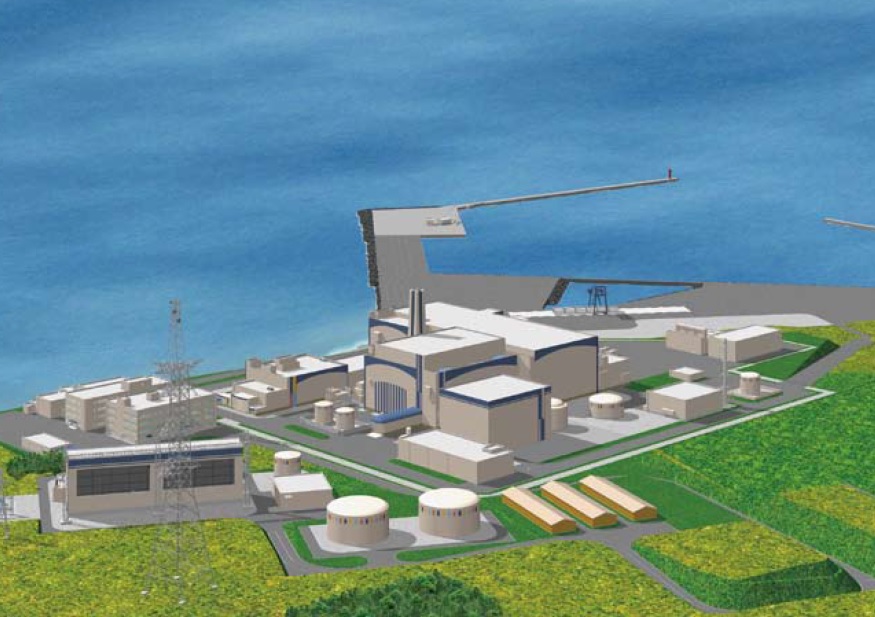
Conceptual illustration, Ohma Nuclear Power Plant; courtesy J-Power
The "chasm"
At the tip of Aomori Prefecture lies the site of what is now the only nuclear power plant actively under construction in Japan-the Ohma Nuclear Plant, owned by Electric Power Development Company, Ltd., commonly known as "J-Power."
That's right-this is the only nuclear plant in Japan actively under construction. After the earthquake and tsunami in 2011, all nuclear plant construction was effectively halted in Japan. Of the three that were under construction, two were deferred indefinitely; of the 12 announced or proposed, all were deferred indefinitely or cancelled.
The plant near Ohma-an Hitachi advanced boiling water reactor-has been "on the drawing boards" for many years and was several times deferred. First planned in the early 1980s (the site survey was accomplished in 1983), the plant's site preparation didn't begin until 2008, with actual plant construction beginning in 2010, but suspended from the time of the 2011 quake until October 2012 when it was resumed. As might have been expected, anti-nuclear opponents have taken the Fukui court finding as a precedent and have now acted to block completion of the Ohma nuclear plant as well. It appears an extended court battle may now be in the offing.
This portends a "nuclear chasm," similar to what we now face in the United States. The cessation of new nuclear plant orders in the U.S. in 1978, coupled with a flood of nuclear plant cancellations that followed, means there will come a time when nuclear plants in the United States are shutting down and decommissioning-even including life extensions-faster than new nuclear plants come on-line. The nuclear industry has long known this would occur; but it is being accelerated in some quarters by economic conditions (e.g., Kewaunee) or unanticipated material conditions (e.g., Crystal River, San Onofre-2 and -3.)
The result in the case of Japan will be that there too will come a time when, assuming that many plants restart, there will be no new plants in the wings to take the place of the older plants when they shut down. The present social environment in Japan now approaches the atmosphere in the United States during the 1970s and '80s, with continuous anti-nuclear "environmentalist" opposition that can kill a nuclear energy project. This does not bode well for a nation that imports more than two-thirds of its energy needs; it requires a careful and sober analysis of the nation's energy needs-and the place that nuclear power plays in those needs-now before the chasm cannot be escaped. Japan, unlike the United States, cannot fall back on indigenous coal or gas-it has neither.
The actions of the Japanese utilities lately have done little to steer away from the road to the chasm; harsh words from the NRA about inadequacies in the initial round of restart applications bears witness to this. Public trust is key, and if it is perceived that utilities wish to simply "slide by and play along" until they get their nuclear plants back-they won't get them back.
Time will tell what plays out for Japan's nuclear energy enterprise, but at the moment a great deal of work needs to be done to swing the course away from an abyss.
___________________
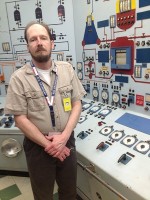 Will Davis is the Communications Director for the N/S Savannah Association, Inc. where he also serves as historian and as a member of the board of directors. Davis has recently been engaged by the Global America Business Institute as a consultant. He is also a consultant to, and writer for, the American Nuclear Society; an active ANS member, he is serving on the ANS Communications Committee 2013-2016. In addition, he is a contributing author for Fuel Cycle Week, and writes his own popular blog Atomic Power Review. Davis is a former US Navy reactor operator, qualified on S8G and S5W plants.
Will Davis is the Communications Director for the N/S Savannah Association, Inc. where he also serves as historian and as a member of the board of directors. Davis has recently been engaged by the Global America Business Institute as a consultant. He is also a consultant to, and writer for, the American Nuclear Society; an active ANS member, he is serving on the ANS Communications Committee 2013-2016. In addition, he is a contributing author for Fuel Cycle Week, and writes his own popular blog Atomic Power Review. Davis is a former US Navy reactor operator, qualified on S8G and S5W plants.


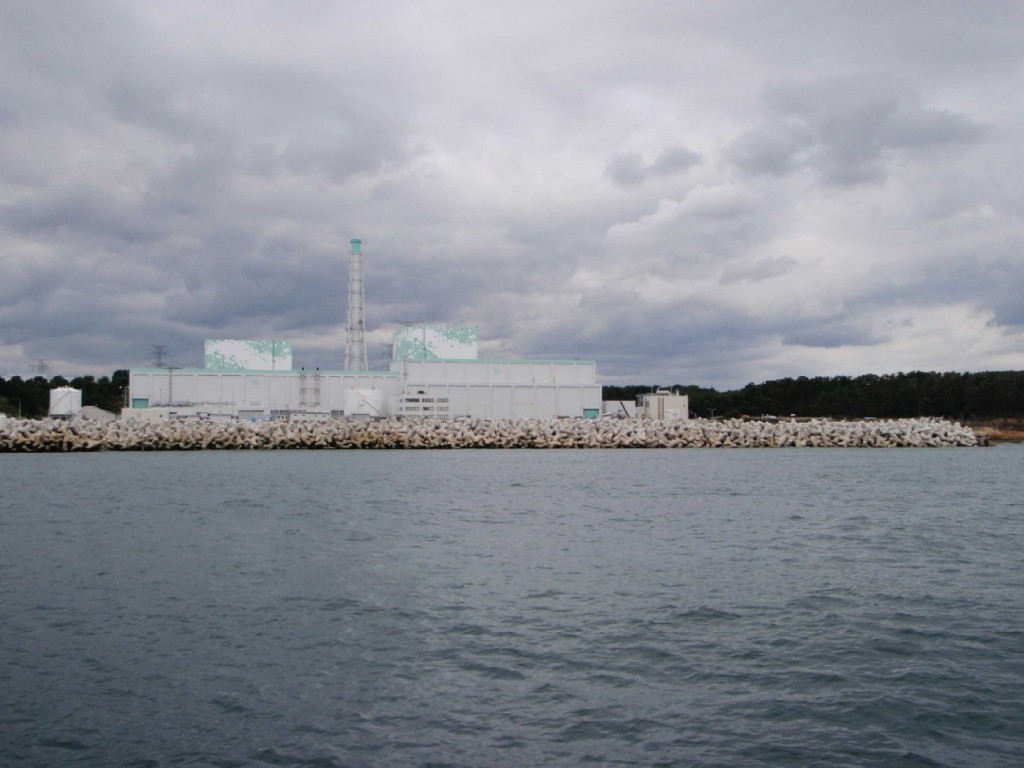
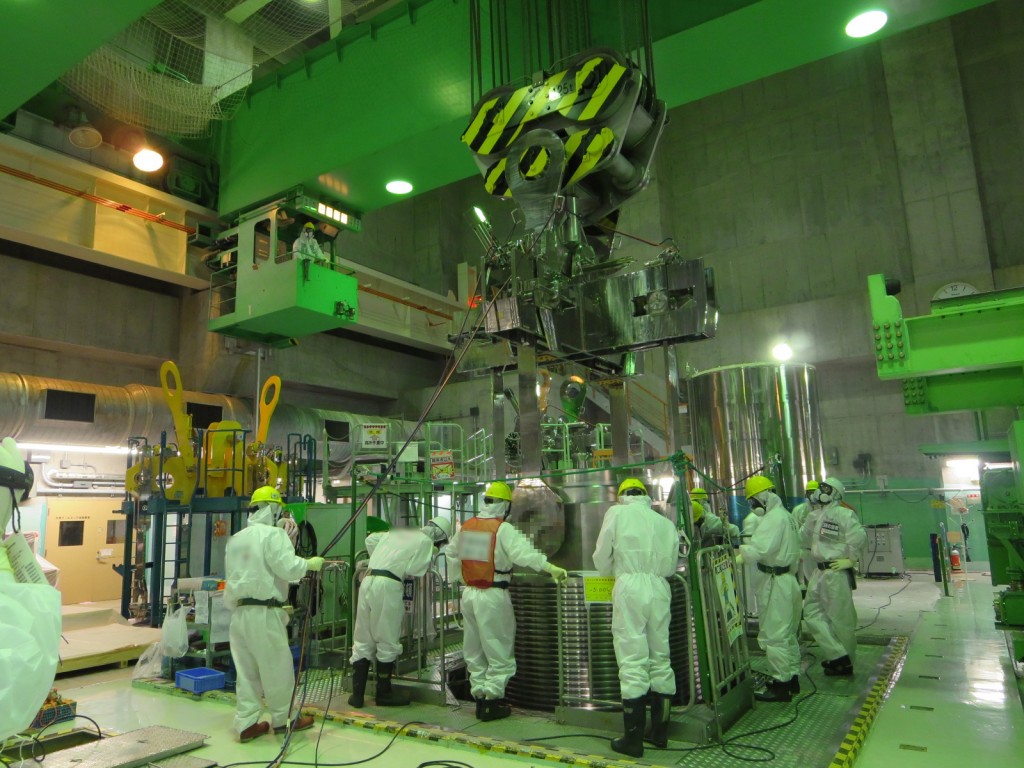
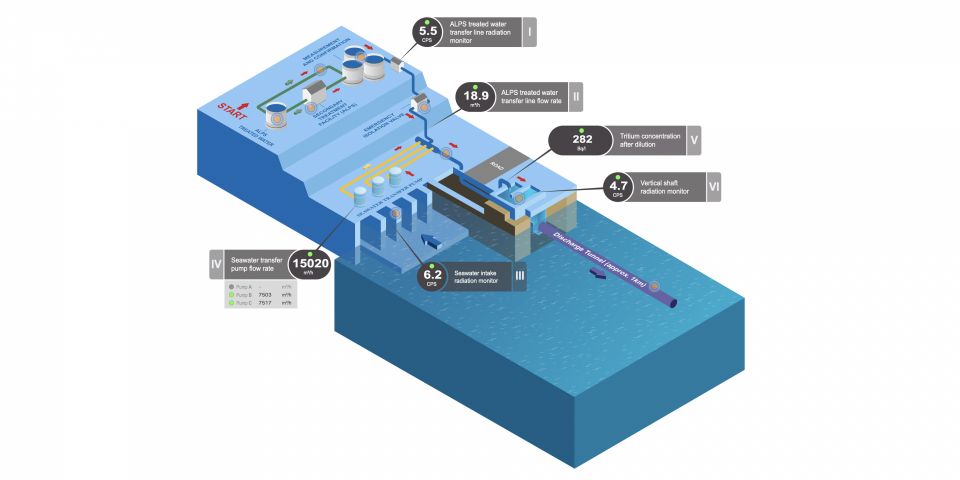
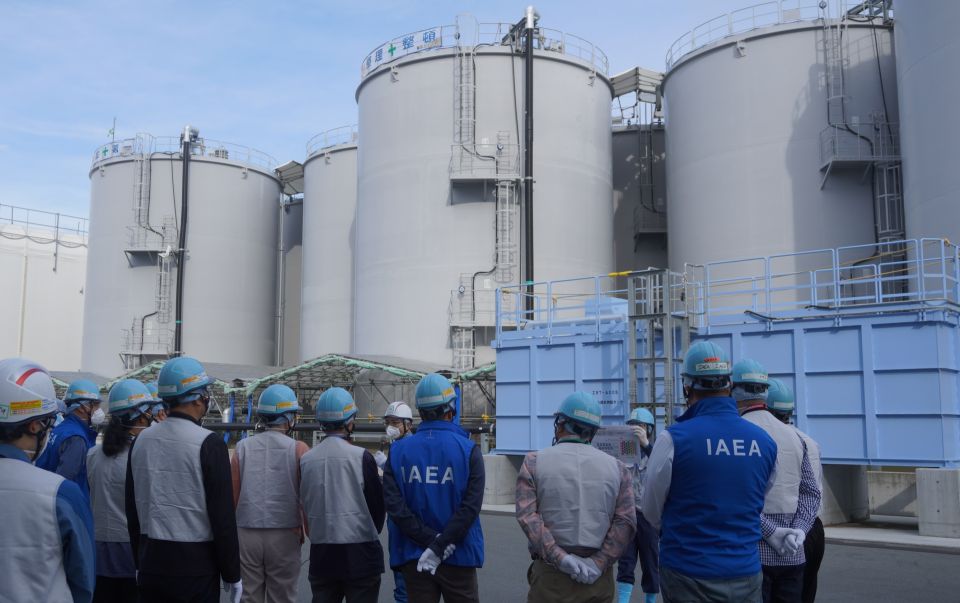

.jpg)